European Aspen Tree
- October 5, 2023
- 0 comment
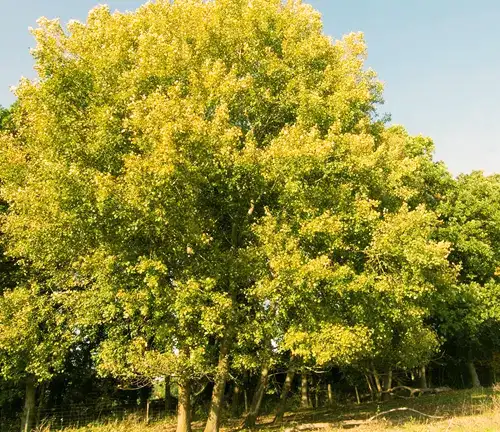
The European aspen, scientifically identified as Populus tremula, is a deciduous tree that spans Europe and parts of Asia, captivating observers with its distinctive trembling leaves that delicately flutter in the wind. This medium-sized tree, reaching heights of approximately 25 meters, is characterized by a straight trunk and smooth, greenish-gray bark, often adorned with unique black scars as it matures. Its leaves, nearly circular with serrated edges, create a visually appealing canopy that is a hallmark of the species.
Beyond its aesthetic allure, the European aspen is ecologically significant, flourishing in mixed forests and along riverbanks, offering vital habitats for diverse flora and fauna. Its adaptability to various soil types enhances its resilience in different environments, contributing to soil stabilization and erosion prevention. Industrially, the relatively soft wood of the European aspen finds utility in applications such as paper production and wood pulp.
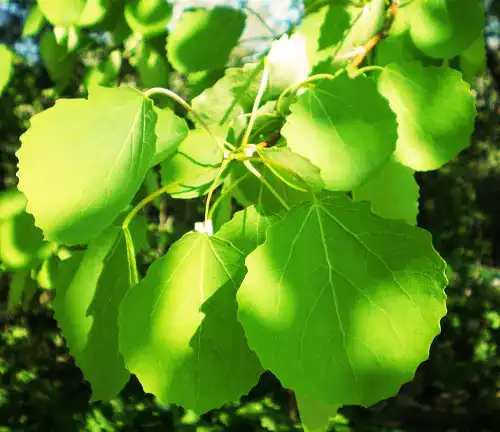
The tree’s conservation is of increasing importance, with ongoing efforts to manage its populations sustainably and protect its habitats. Recognized for its ecological role and cultural significance, the European aspen is becoming a focal point in conservation strategies. As humanity strives for sustainable practices, balancing the utilization of its wood with the preservation of its habitats is crucial. In essence, the European aspen stands as not only a visually captivating species but also a vital player in maintaining ecological balance and supporting various human needs, embodying the delicate interplay between nature and industry.
| Characteristic | Description |
| Scientific Name | Populus tremula |
| Geographical Range | Europe and parts of Asia |
| Family | Salicaceae |
| Genus | Populus |
| Height | 20-80 feet |
| Spread | 20-40 feet |
| Wildlife Habitat | Attracts a variety of wildlife, including birds, insects, and mammals, contributing to local biodiversity |
| Sun exposure | Full sun |
| Soil type | Well-drained |
| Growth rate | Fast |
A Brief History
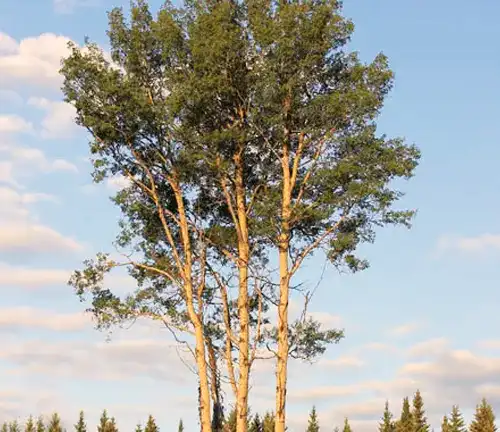
The European Aspen Tree, scientifically known as Populus tremula, has graced European landscapes for centuries, leaving an indelible mark on the continent’s history and culture. Dating back to ancient times, this remarkable tree has been both a subject of admiration and a source of inspiration for countless generations. As we delve into its history, we uncover a narrative intertwined with human civilization, highlighting the profound impact of this tree on European landscapes and societies.
Color/Appearance
Nature’s palette finds a unique expression in the European Aspen Tree. Delving into the color and appearance of this majestic tree, we explore the subtle nuances of its bark and leaves. From the grayish-white bark adorned with black scars to the golden hue of the wood beneath, the European Aspen captivates the observer with its visually stunning and distinctive features.

Botanical Features
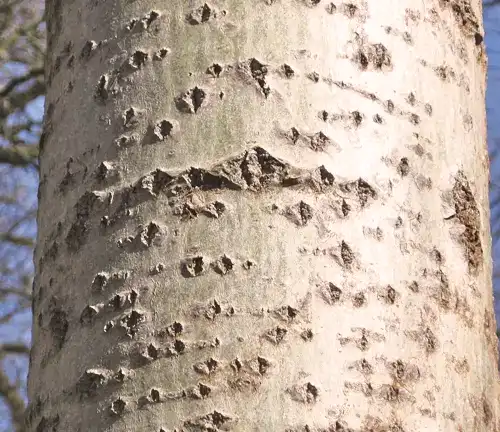
Intriguing in its appearance, the European Aspen Tree showcases a distinctive set of botanical features. Its quivering leaves, a signature trait, have fascinated observers for ages. These nearly round leaves, adorned with serrated edges, create a captivating visual effect, and the tree’s grayish-white bark, marked by unique black scars, adds to its charm. Understanding the tree’s form, foliage, and bark helps us appreciate its aesthetic significance in the natural world.
Cultivation and Care
For those with a green thumb, cultivating and caring for the European Aspen can be a rewarding endeavor. This section delves into the nuances of successfully growing and nurturing these trees. Exploring their preferences for soil types, moisture levels, and exposure to sunlight, we provide insights into how to create a thriving European Aspen in your own outdoor space.
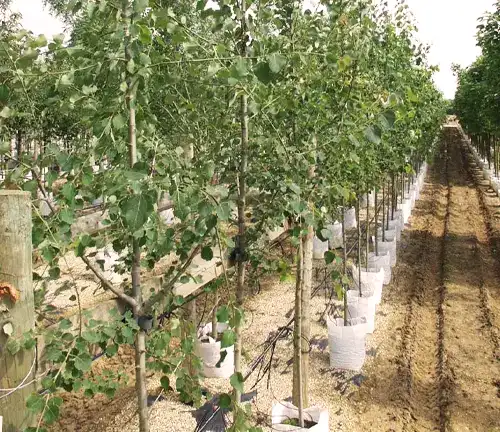
Ecological Importance
The European Aspen tree (Populus tremula) plays a crucial ecological role across European landscapes. Its branches and leaves provide vital shelter and nesting sites for a diverse array of bird species, contributing to avian biodiversity. On the forest floor, the fallen leaves create a nutrient-rich layer, fostering the growth of various understory plants and providing a habitat for insects and small mammals.

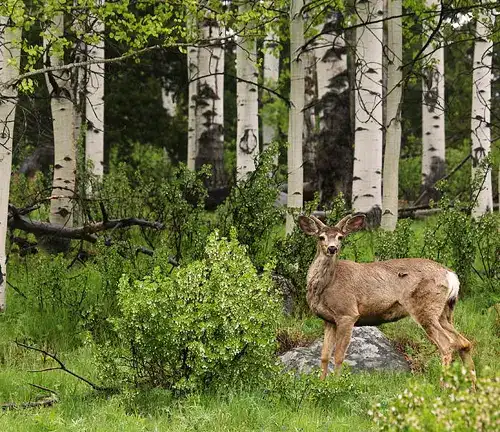
Known for its adaptability, the European Aspen acts as a pioneer species, rapidly establishing itself in disturbed areas and aiding in reforestation efforts. Its clonal reproduction through root suckering leads to the formation of extensive groves, creating interconnected habitats that benefit a variety of wildlife. Additionally, the tree’s growth contributes to soil stabilization, preventing erosion and enhancing the overall resilience of ecosystems. The European Aspen’s ecological importance goes beyond its visual appeal, highlighting its integral role in maintaining the health and balance of natural environments.
Wood Products and Applications
The wood of the European Aspen tree (Populus tremula) is prized for its versatile applications in various industries. Despite its relatively soft nature, European Aspen wood is highly valued in the timber industry. The fine grain and light color of the wood make it suitable for crafting a range of wooden items, from furniture to decorative pieces. Additionally, the wood’s workability makes it a favored material for carving and turning in artistic and craft applications. In the realm of construction, European Aspen is utilized in the production of paper and wood pulp, contributing to the paper industry. Its fibers are employed to create high-quality paper products, showcasing the tree’s significance in the paper production process. The wood’s resilience and suitability for different purposes underscore the economic and practical value of the European Aspen in meeting various human needs.
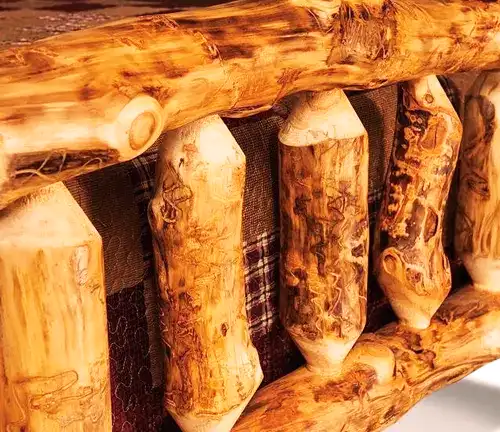
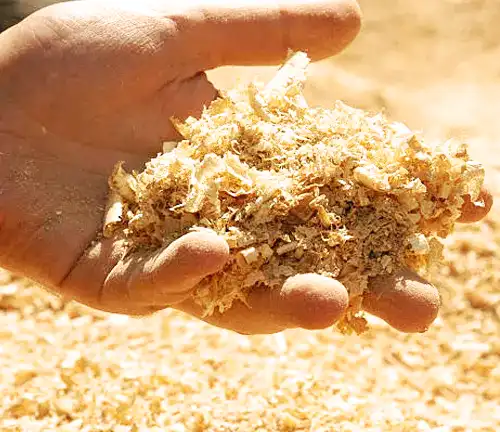
Benefits
The European Aspen Tree offers a host of benefits, ranging from its historical and cultural significance to its ecological and practical contributions. Whether as a source of inspiration for artists, a vital component of ecosystems, or a valuable resource in industries, this tree’s multifaceted nature continues to shape landscapes, cultures, and livelihoods across Europe. As we delve into its many facets, we discover a deeper connection to both nature’s wonders and the enduring tapestry of human history.
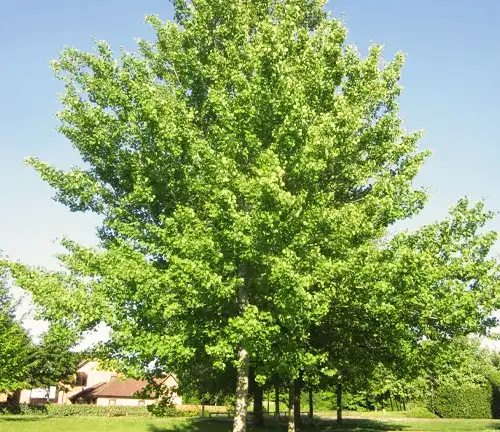
In conclusion, the European Aspen Tree stands as a dynamic and multifaceted entity, intertwining with history, nature, and human culture. As we reflect on its past, present, and potential future, the whispers of the European Aspen continue to resonate through the ages.
Frequently Asked Questions (FAQs)
- Do European Aspen Trees really “quiver” in the wind, or is that just a myth?
Yes, it’s not a myth! The quivering or trembling movement of European Aspen leaves is a real and distinctive characteristic. This unique behavior is due to flattened petioles, which maximize the tree’s ability to capture sunlight. It’s one of the intriguing features that sets European Aspen apart. - Can European Aspen Trees be grown in urban environments or smaller gardens?
Absolutely! European Aspen Trees can be cultivated in urban and smaller garden settings, but their height should be considered. Some varieties, such as columnar or dwarf cultivars, are more suitable for limited spaces. Understanding their preferred soil conditions and providing proper care can lead to successful cultivation in various settings. - Are European Aspen Trees related to the iconic quaking aspen found in North America?
While both are aspen species, the European Aspen (Populus tremula) and the quaking aspen (Populus tremuloides) are distinct. They belong to the same genus but are different species. The quaking aspen is well-known for its trembling leaves, similar to the European Aspen, but the two species are native to different continents. - What ecological role do European Aspen Trees play in supporting wildlife?
European Aspen Trees play a vital ecological role by providing habitat for diverse wildlife. The tree’s branches and leaves offer shelter and nesting sites for birds, while its fallen leaves contribute to the forest floor’s organic layer, creating a rich environment for various insects and small mammals. - Can the wood of European Aspen Trees be used for artistic or craft purposes?
While European Aspen wood is relatively soft, it has been used in artistic and craft applications. Woodworkers and artisans appreciate its fine grain and unique characteristics for carving, turning, and creating various wooden items. Its light color and smooth texture make it an interesting choice for certain artistic projects.


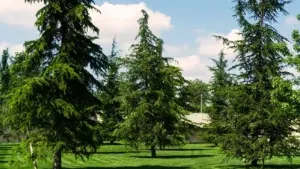

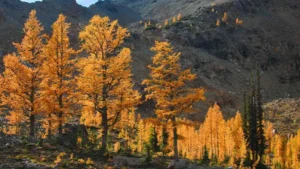
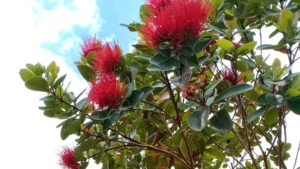


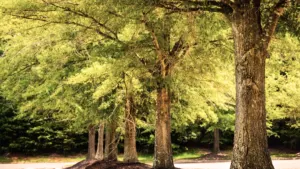


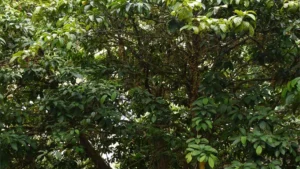
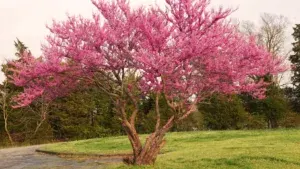

Leave your comment